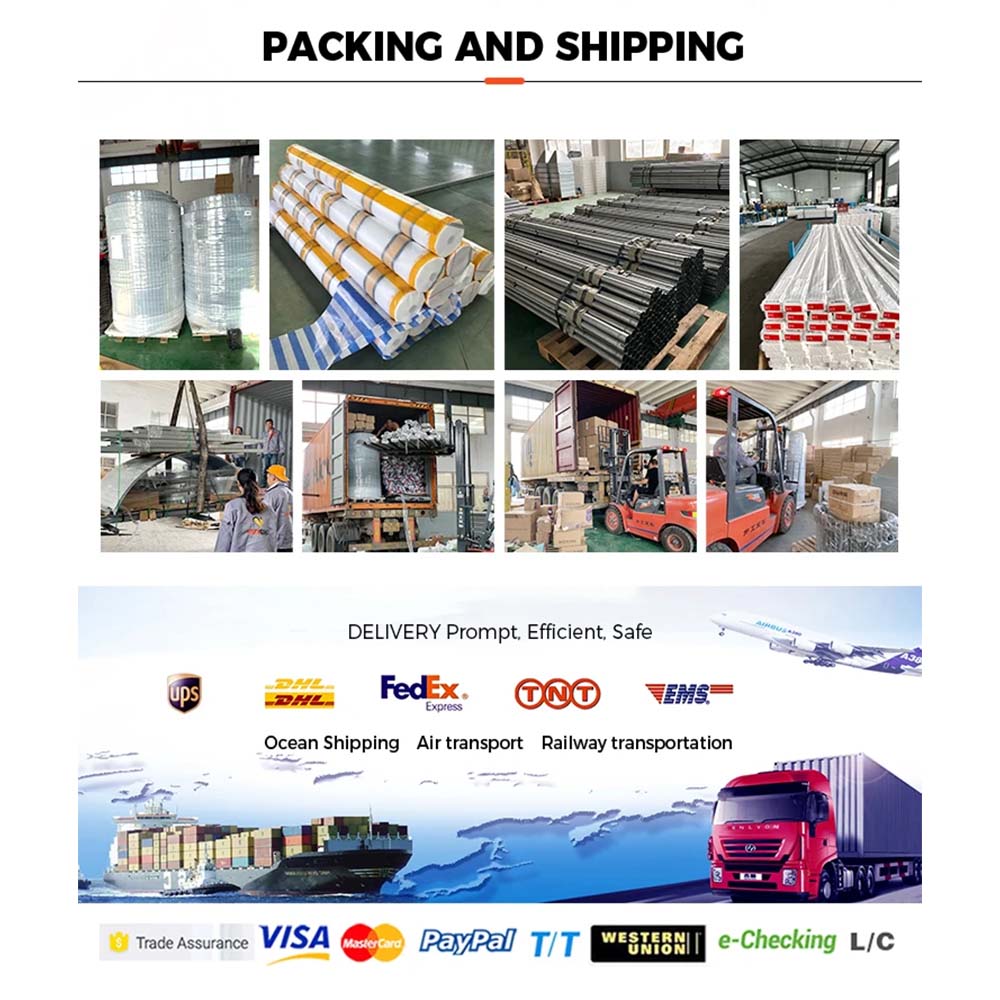Floating Fish Feed Pellet Production Equipment for Aquaculture Efficiency
Nov . 29, 2024 23:35 Back to list
Floating Fish Feed Pellet Production Equipment for Aquaculture Efficiency
The Importance of Floating Fish Feed Pellet Making Machines
In the aquaculture industry, the demand for high-quality fish feed has been consistently increasing due to the growing global population and the rising popularity of fish as a primary source of protein. Among the various types of fish feed, floating fish feed is particularly significant because it promotes better feed efficiency, reduces waste, and enhances water quality. One of the key components in the production of floating fish feed is the floating fish feed pellet making machine.
Understanding Floating Fish Feed
Floating fish feed pellets are designed to remain buoyant on the water surface, allowing fish to easily consume food without letting it sink to the bottom of the water body. This attribute not only helps fish to feed more effectively but also minimizes feed wastage, thereby contributing to a more sustainable aquaculture operation. Floating pellets are suitable for a variety of fish species, including catfish, tilapia, trout, and many others, making them versatile and essential for fish farmers.
The Role of Pellet Making Machines
Pellet making machines are the backbone of the fish feed manufacturing process. They convert raw materials such as corn, soybean meal, fish meal, and various vitamins into high-quality floating pellets. The process involves multiple stages, including grinding, mixing, conditioning, and pelletizing. It is crucial that these machines are designed to produce durable pellets that can withstand the aquatic environment while still remaining appealing to fish.
Features of Modern Floating Fish Feed Pellet Making Machines
Modern floating fish feed pellet making machines come equipped with advanced technology to enhance productivity and efficiency
. Key features include1. Adjustable Pellet Size The ability to adjust the size of the pellets is essential for targeting different fish species and age groups. Machines often come with various die sizes, allowing manufacturers to produce pellets ranging from 1mm to 10mm in diameter.
floating fish feed pellet making machine

2. High-Temperature Conditioning This feature helps to improve the nutrition of the feed by gelatinizing starches and killing pathogens. This process also aids in ensuring the pellets float effectively.
3. Energy Efficiency With an emphasis on sustainability, modern machines are designed to consume less energy while maintaining high output levels. This not only reduces operational costs but also lowers the carbon footprint of the aquaculture business.
4. User-Friendly Operation Many machines are now equipped with intuitive control systems that allow operators to easily adjust parameters and monitor production in real-time, ensuring consistent quality.
5. Durability and Maintenance Built with heavy-duty materials, these machines are designed to withstand the wear and tear of continuous production. Regular maintenance play a significant role in prolonging the lifespan of the equipment.
Economic Impact
Investing in a floating fish feed pellet making machine can have a significant economic impact on fish farming operations. By producing quality feed in-house, farmers can reduce dependency on external suppliers, control feed costs, and customize feed formulations according to the specific nutritional requirements of their fish stock. This practice not only improves profit margins but also contributes to higher yields and healthier fish.
Conclusion
In conclusion, the floating fish feed pellet making machine plays a crucial role in the aquaculture sector. As the demand for sustainable and efficient fish farming practices continues to grow, these machines will remain indispensable. By producing high-quality floating fish feed, fish farmers can enhance their operations, contribute to environmental sustainability, and ultimately meet the world's increasing demand for fish. Investing in the right pellet making machine is not just a choice; it's a necessity for success in today’s competitive aquaculture landscape.
-
High Performance Exhaust Fan – Efficient Ventilation Solutions for Home
NewsJun.10,2025
-
High-Quality Gestation Pen for Sows Durable Mobile Pig Pen & Simple Pig Pen Solutions
NewsJun.10,2025
-
High Quality Rabbit Cage Double Tier Designs & Welded Wire Mesh Supplier
NewsJun.10,2025
-
Floating Fish Feed Machine - High Efficiency Floating Fish Feed Extruder for Small Scale Production
NewsJun.10,2025
-
Premium Poultry Housing Solutions Mobile & Commercial Free Range Options
NewsJun.10,2025
-
Industrial FRP Fans Corrosion-Resistant Blades & Centrifugal Systems
NewsJun.09,2025






